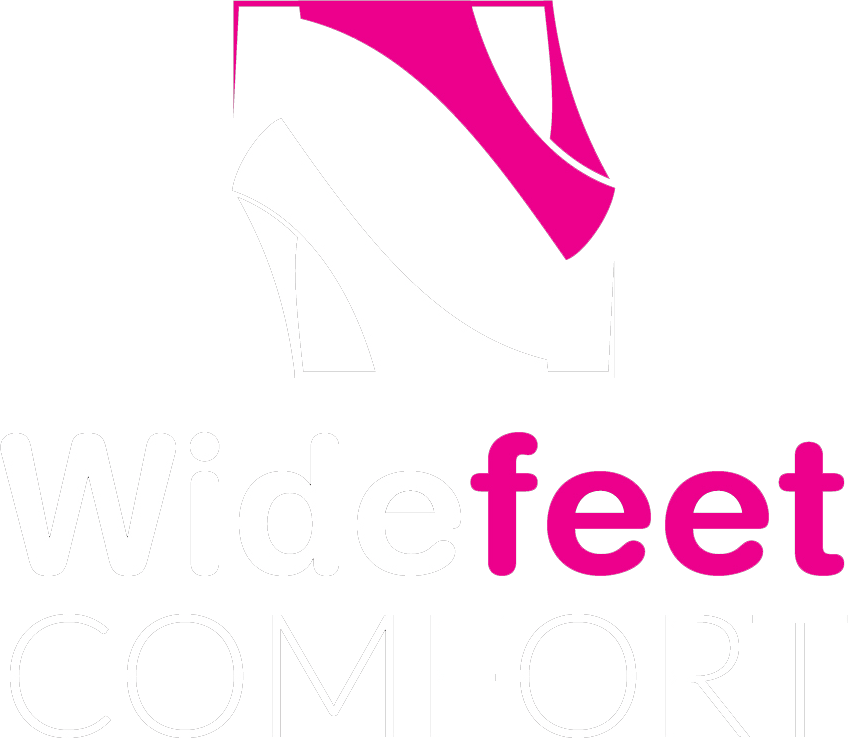Tips To Find The Right Shoes For You
Shopping can be a specially painful experience when it’s for shoes, quite literally. If you get it wrong, you can end up with unpleasant sores until the fit is right, or the shoes never your closet.
Shoe size varies with each brand and each store. And even though you have a clear idea of what size you can wear, you may still need a bit of guessing. To guide you in finding the perfect fit every time, here are some tips to help make shoe shopping a piece of cake.
Make a Template of Your Feet When Buying Extra Wide Width Heels.
Before setting off for the market, stand on a piece of paper, and draw around your whole foot. When in a store, put the shoes against the paper before wearing them directly on your feet. If they’re not sufficiently long or wide, don’t bother trying to put them on.
Always leave about a ½ an inch between the top and end of the shoe. It’ll save you tons of time and potential discomfort.
Make Sure Your Fashionable Wide Width Shoes are Flexible.
Another essential aspect of the shoe is its flexibility. It’s not going to be a very comfortable shoe if it doesn’t have some movement.
Test the flexibility by holding the shoe’s heel and toe, then twist it from side to side and up and down. You’re looking for resistance as shoes with too much stretch will not support you in the way you need.
Analyze heel padding too. If there is no cushioning for the Achilles tendon or no movement in the material, they’re not your ideal pair.
Never Go Shoe Shopping in the Daytime.
Your feet are more prone to swell in the daytime. So, going shoe shopping in the morning is not advised as it doesn’t provide you with a realistic expectation of the fit. It is far better to buy shoes late in the evening to get the best idea of how the shoes fit you.
Additionally, carry socks that are as thick as you intend to wear with your new shoes.
Natural Materials have More to Offer.
When possible, opt for a suede, leather, or fabric shoe that promotes breathability. These materials provide increased mobility, less stretching, and are less likely to cause blisters or other foot problems.
Also, you want rubber or leather soles for optimum support and comfort.
Insoles and Cushioning
Kitting your footwear out with cushions or insoles will help make a difference to fit and feel. But, make sure that the insoles you get don’t stretch them in a bad way.
Adjusting for the Ideal Fit
Without personally made shoes, your chances of finding a perfect fit are low. However, there are ways to make sure you’re comfortable and get the best possible fit.
Break them in
If you happen to walk, stand, or move a lot, you should ensure the shoes have molded to your feet. You can accomplish this by breaking in your fresh kicks. The trick to breaking in shoes is to wear them around the house in lightly thicker socks than you intend to wear.
On a final note, never go down a size thinking they’ll stretch because this can cause all kinds of problems even if there is only slight tightness. Likewise, you don’t want anything too big as they’ll keep sliding off your feet, and no amount of insoles or cushioning will make them fit.
Shoe shopping should be focused more on personal health than fashion. If you don’t buy the right pair, it could cause many complications, including nervous or spinal ailments. If you have pre-existing foot ailments, you should opt for specially-crafted women’s wide width shoes for problem feet.


